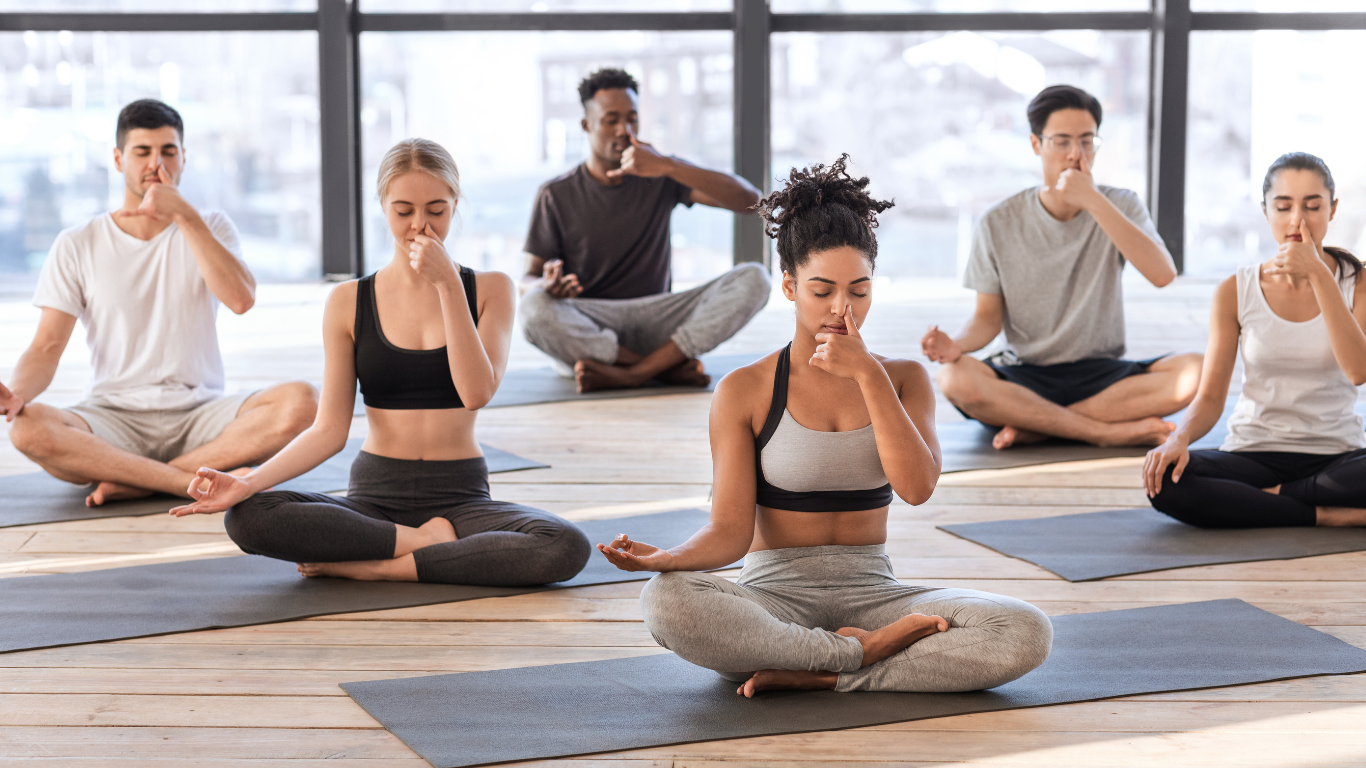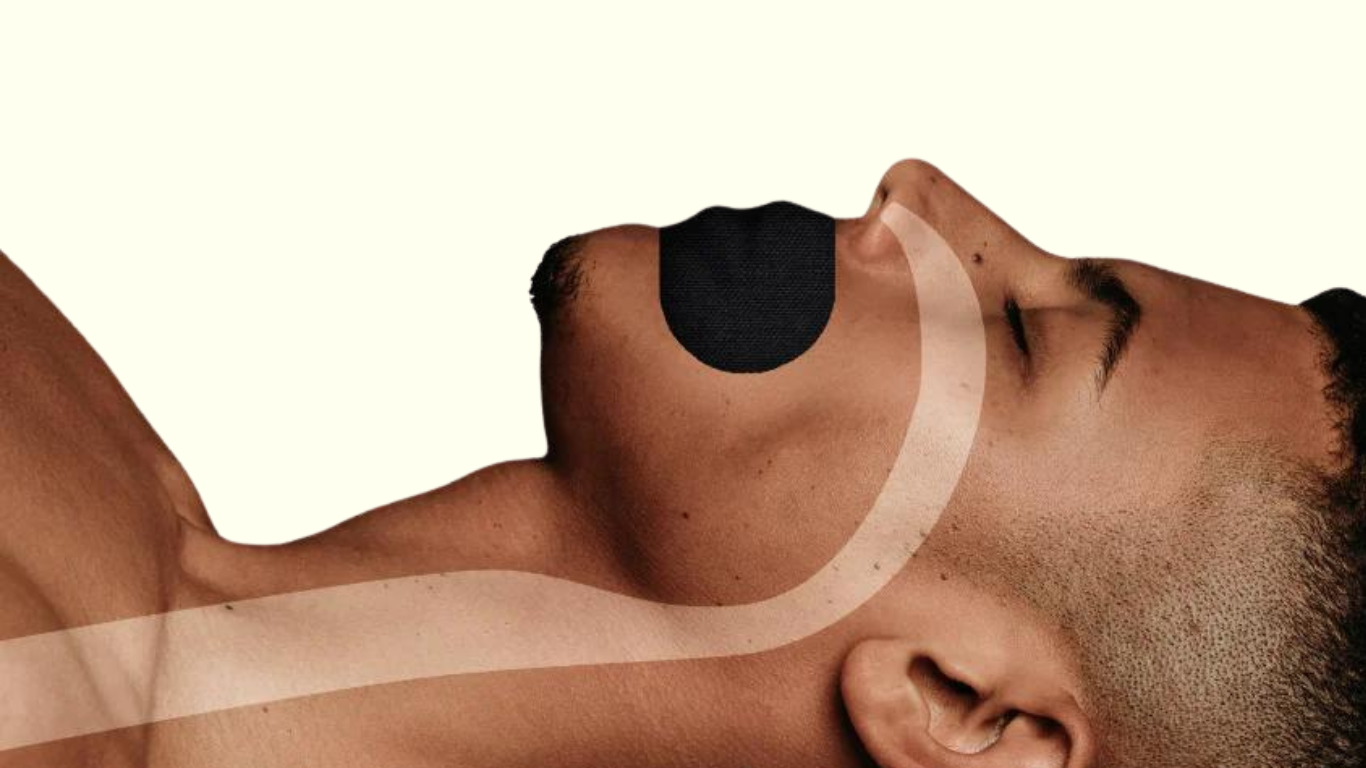Inhale deeply. Exhale slowly. Feel the air filling your lungs, delivering oxygen to every cell in your body, revitalizing your mind. Breathing is the rhythm of life, a melody playing in the background without us even thinking about it. But what if we paid attention to it for a moment? What if we mastered this art, harnessing its full potential to improve our lives?
Breathing is the most fundamental and often overlooked function of our bodies. As babies, we naturally breathe through our noses, sleeping peacefully and quietly. At some point, stress, lifestyle changes, and bad habits often push us into the realm of shallow and inefficient mouth breathing. Let’s take a closer look at how proper breathing can be a game-changer in every aspect of our lives and how you can make every breath count.
The Subtle Power of Nasal Breathing
Nasal breathing is nature’s original design, offering a range of benefits that impact both physical and mental health. The nose is not just a simple air passage; it’s a sophisticated filtering system, humidifier, and defender against airborne pathogens.
First and foremost, nasal breathing filters the air we inhale. Tiny hairs and mucous membranes inside the nasal passages trap dust, allergens, and microbes, providing a clean supply of air to the lungs. In contrast, mouth breathing bypasses this system, exposing the lungs to pollutants and potentially increasing the risk of infections.
Secondly, nasal breathing humidifies and warms the air, preventing irritation and dryness in the respiratory system. This not only promotes respiratory health but also helps maintain proper body temperature.
Lastly, the nose releases nitric oxide, a gas that dilates blood vessels and improves oxygen delivery throughout the body. Nitric oxide also has antibacterial properties, further protecting the body from illness.
Respiratory Efficiency: Diaphragmatic Breathing
Beyond the difference between nasal and mouth breathing, the way you breathe also matters. Most people tend to breathe using only the upper part of their chest, leading to shallow breathing that limits oxygen intake. Diaphragmatic breathing, also known as abdominal breathing, involves the diaphragm—a dome-shaped muscle below the lungs. When you breathe deeply, your belly rises as the diaphragm contracts, pulling air into the lower lungs, where gas exchange is more efficient.
To practice diaphragmatic breathing, lie down comfortably and place one hand on your chest and the other on your abdomen. Inhale deeply through your nose, allowing your belly to expand while keeping your chest relatively still. Exhale slowly through your mouth. Repeat this process for several minutes daily to build stronger breathing habits.
Breathing as a Stress Reducer
Have you ever noticed how your breathing changes when you’re anxious? Your chest tightens, your breath becomes quick and shallow, and your heart pounds in your ears. Stress and breathing are intrinsically linked. Shallow breathing sends signals to the brain that you’re in danger, activating the sympathetic nervous system (the fight-or-flight response). This results in an increased heart rate, elevated blood pressure, and heightened alertness.
On the other hand, deep, slow breaths stimulate the parasympathetic nervous system (the rest-and-digest response), calming the mind and body. Breathing exercises like box breathing (inhaling for four seconds, holding for four seconds, exhaling for four seconds, and holding for four seconds) or the 4-7-8 technique (inhaling for four seconds, holding for seven seconds, and exhaling for eight seconds) can be transformative. These practices help reduce heart rate, lower cortisol levels, and promote relaxation.
Breathing and Physical Performance
Whether you’re a casual jogger or an elite athlete, efficient breathing can significantly enhance your performance. Nasal breathing optimizes oxygen delivery to the muscles and helps maintain endurance during physical activities. During intense exercise, when switching to mouth breathing is sometimes inevitable, diaphragmatic breathing remains crucial to maximizing lung capacity.
In yoga, pranayama (controlled breathing techniques) is integral to improving flexibility, strength, and concentration. Practicing alternate nostril breathing (Nadi Shodhana) is said to balance the body’s energy channels and enhance focus. In running, the 2:2 breathing pattern (inhaling for two steps, exhaling for two steps) can help runners maintain a steady pace.
Sleep Quality and Breathing
Breathing is also essential for a good night’s sleep. Nasal breathing keeps the airways open and reduces snoring and sleep apnea, conditions often exacerbated by mouth breathing. Poor sleep quality due to breathing issues can lead to chronic fatigue, weight gain, and impaired cognitive function.
Mouth taping—a practice of gently sealing the lips with tape during sleep—can encourage nasal breathing and improve sleep quality. It may seem strange at first, but mouth taping can be a simple and effective solution for those struggling with mouth breathing.
Mindfulness and Conscious Breathing
In today’s fast-paced world, the practice of mindfulness has gained immense popularity for its ability to alleviate anxiety and improve overall well-being. At the heart of mindfulness is conscious breathing.
Focusing on your breath, even for just five minutes a day, can bring clarity to your thoughts, reduce mental overload, and promote a sense of peace. The act of observing your breath without judgment creates a mental pause—a moment of stillness amid the chaos.
Try this simple exercise: Sit comfortably with your eyes closed and bring your attention to your breath. Notice the coolness of the air as it enters your nostrils and the warmth as it exits. If your mind wanders, gently bring it back to your breath. This practice can anchor you, making your breath a point of stability in turbulent times.
The Ideal Breathing Frequency
So, how often should you breathe consciously each day? Ideally, your breath should be slow and consistent throughout the day. Most people breathe 12 to 20 times per minute, which totals 17,000-30,000 breaths daily. However, experts suggest that slowing down to 6 to 10 breaths per minute (a rate you can achieve through diaphragmatic breathing) may be ideal for relaxation and efficient oxygen delivery.
Make it a habit to check in with your breathing at least a few times a day. Start your morning with five minutes of deep breathing, take a few diaphragmatic breaths during work breaks, and end the day with a calming breathing exercise before bed.
Conclusion: Breathe Healthier—Live Healthier
Breathing is not just a function; it’s an art that can transform your health and well-being. By adopting nasal breathing, practicing diaphragmatic breathing, and incorporating mindfulness techniques, you can harness the power of your breath for a healthier, more vibrant life.
At Lunasol Sleep, we believe that breathing healthier means living healthier. Our mouth tape products are designed to promote nasal breathing during sleep, helping you wake up refreshed and rejuvenated. Take control of your breath and let it be your guide to better health.
Breathe Healthier | Live Healthier
References:
- Nestor, James. Breath: The New Science of a Lost Art. Riverhead Books, 2020.
- McKeown, Patrick. The Oxygen Advantage: Simple, Scientifically Proven Breathing Techniques to Help You Maximize Your Health and Fitness. HarperOne, 2016.
- Kappenberger, Eva. "Benefits of Nasal Breathing vs. Mouth Breathing." European Journal of Applied Physiology, 2022.


















